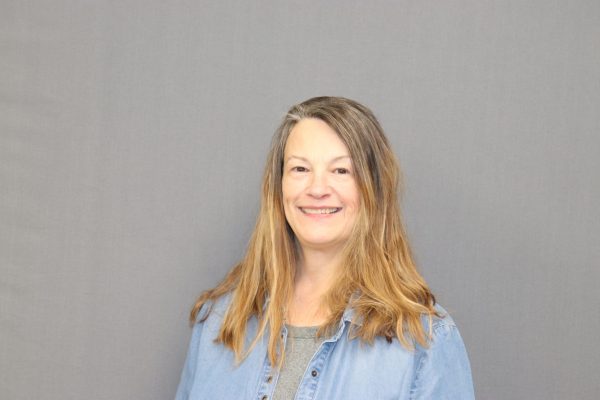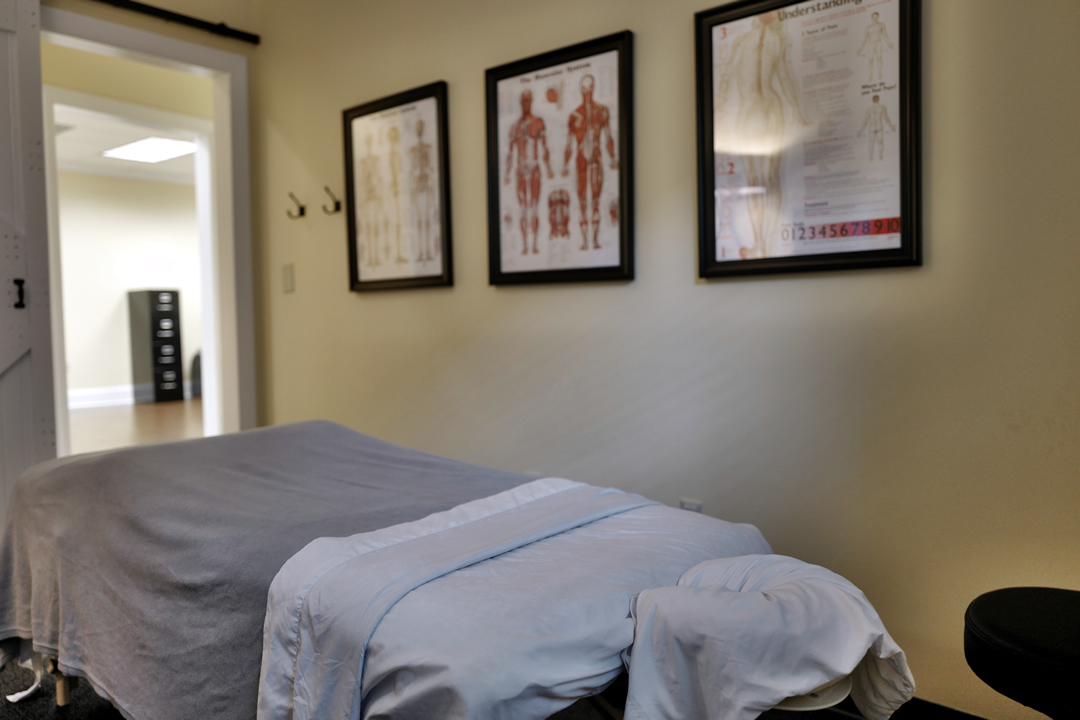Jul 17, 2024

My name is Deb Gilstrap, LMT. I am the Medical Massage Therapist at the Camas Center Clinic. I attended Inland Massage Institute and am constantly upgrading my training and knowledge in therapeutic massage. My goal is to help you achieve success in managing your health.
Over the last couple of years, there has been a rapid increase in stress levels.
Many people are searching for new and healthy ways to cope. Massage can be a
powerful tool to help you take charge of your health and well-being.
Follow us on Instagram and Facebook for more news and tips for staying healthy.
What is Massage?
Massage is a general term for pressing, rubbing, and manipulating your skin, muscles, tendons, and ligaments. Massage may range from light stroking to deep pressure. There are many different types of massage, including these common types:
Swedish Massage. This is a gentle form of massage that uses long strokes, kneading, deep circular movements, vibration, and tapping. It helps you feel relaxed and
energized.
Deep Massage. This massage technique uses slower, more forceful strokes to target the deeper layers of muscle and connective tissue. It’s commonly used to help with muscle
damage from injuries.
Sports Massage. This is similar to Swedish massage, but it’s geared toward people involved in sports activities to help prevent or treat injuries.
Trigger point massage. This massage focuses on areas of tight muscle fibers that can form in your muscles after injuries or overuse.
Benefits of Massage:
Massage is generally considered part of integrative medicine. It’s increasingly being offered along with standard treatment for a wide range of medical conditions and situations. Massage benefits can include, reducing stress and increasing relaxation, reducing pain and muscle soreness and tension. Improving circulation, energy, and alertness, lowering heart rate and blood pressure, improving immune function.
It may also be helpful for Anxiety, Digestive disorders, Fibromyalgia, Headaches, Insomnia related to stress, low back pain, Myofascial pain syndrome, nerve pain, soft tissue strains or injuries, Temporomandibular joint pain (TMJ), and upper back and neck pain.
Beyond the benefits for specific conditions or diseases, some people enjoy massage because it often produces feelings of caring, comfort and connection.
What can you expect during a Massage?
You don’t need any special preparation for massage. Before a massage therapy session starts, your massage therapist should ask you about any symptoms, your medical history, and what you’re hoping to get out of the massage. Your massage therapist should explain the kind of massage and techniques he or she will use. In a typical massage therapy session, you undress or wear loose-fitting clothing. Undress only to the point that you’re comfortable. You generally lie on a table and cover yourself with a sheet.
Your massage therapist will leave the room when you undress before the massage and when you dress after it. You can also have a massage while sitting in a chair, fully clothed. Your massage therapist should perform an evaluation through touch to locate painful or tense areas and to determine how much pressure to apply. Depending on preference, your massage therapist may use oil or lotion to reduce friction on your skin. Tell your massage therapist if you might be allergic to any ingredients.
A massage session may last from 15 to 60 minutes, depending on the type of massage and how much time you have. No matter what kind of massage you choose, you should feel calm and relaxed during and after your massage. Breathe normally throughout your massage. If a massage therapist is pushing too hard, ask for lighter pressure. Occasionally you may have a sensitive spot in a muscle that feels like a knot. It’s likely to be uncomfortable while your massage therapist works it out. But if it becomes painful, speak up.
Despite its benefits, massage isn’t meant as a replacement for regular medical care. Discuss with your doctor your interest in massage therapy.
Check with your insurance provider for coverage. Please call Camas Center Clinic for an appointment at 509.447.7111.
